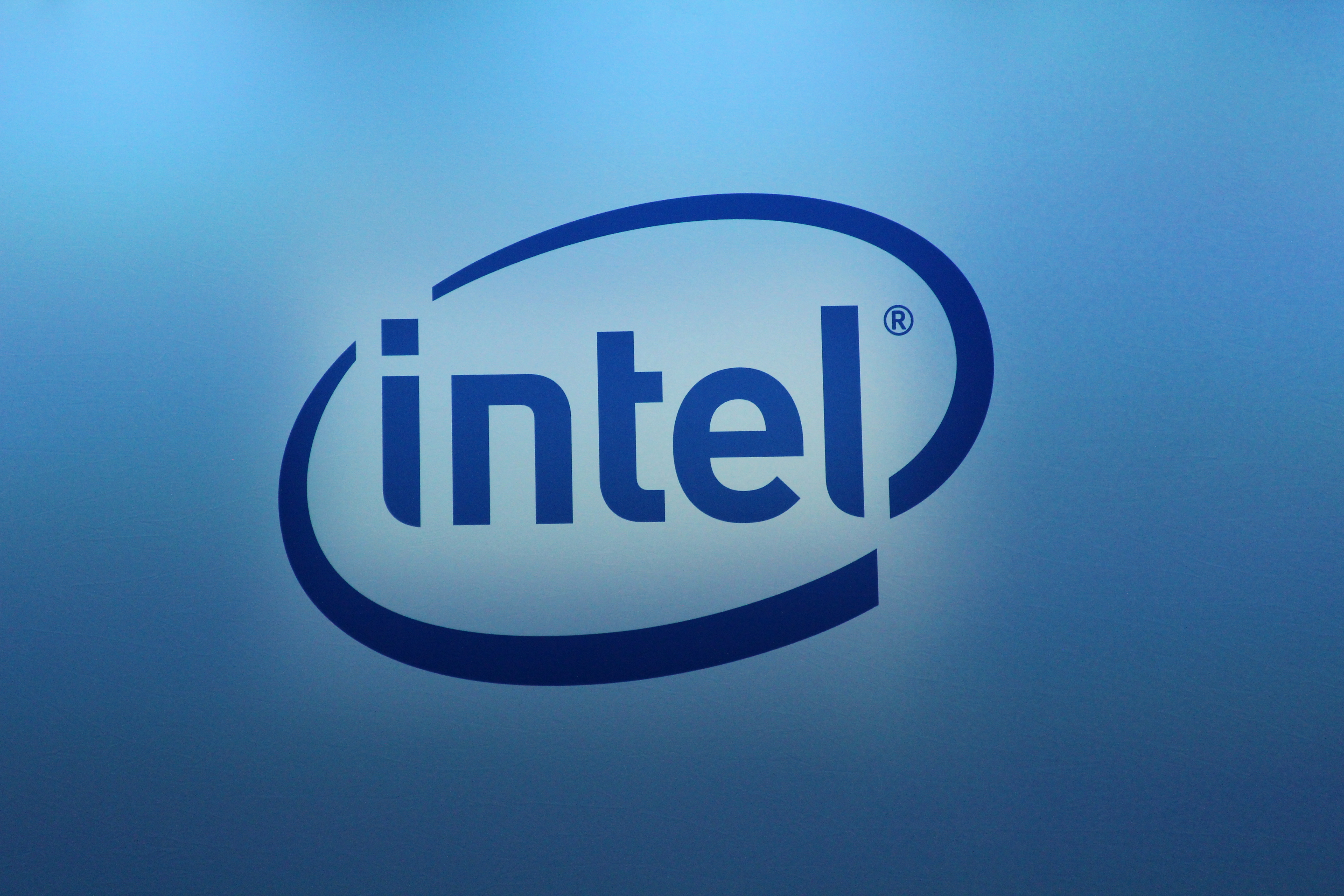Intel Creates Cryogenic Control Chip for Commercial Quantum Computers
Intel details its Horse Ridge control chip for quantum computers that operates at cryogenic temperatures

Intel Labs this morning is releasing details of its new Horse Ridge cryogenic control chip that it has developed with QuTech, and hopes will pave the way towards commercially viable quantum computers. By solving the interconnect bottleneck in quantum system design by having a single, integrated SoC instead of hundreds of wires, it should allow Intel to scale up the number of qubits on the way to achieve quantum practicality, where a quantum computer solves real-world problems. Intel claims this is the first such quantum control chip of its kind.
Interconnect Bottleneck
Earlier this year, Google claimed to have demonstrated quantum supremacy with a 53-qubit quantum computer: the first time a quantum system has solved a problem faster than any (super)computer could. However, large-scale commercially viable quantum systems that solve real-world problems need at least thousands of qubits, according to Intel, which it calls quantum practicality. This is what Intel is primarily focused on.
Towards its goal of realizing (and commercializing) such a practically useful quantum computer and developing a full hardware and software stack, though, Intel has identified the interconnect and control electronics as a major bottleneck. Intel says that, to date, researchers have used existing electronics and rack-scale instruments to connect the cryogenically cooled quantum system to the traditional electronics used for regulating and programming the system.
These electronics are designed to control individual qubits, hence requiring hundreds of interconnect wires into and out of the cryogenic refrigerator. This, as one could imagine, hinders the scalability of the system to more qubits, and creates the need for an integrated solution that could have sophisticated signal processing techniques. Intel claims it has solved this problem with Horse Ridge.

Horse Ridge
Intel developed Horse Ridge with its research collaborators at QuTech at TU-Delft in the Netherlands. It is manufactured on Intel’s in-house 22FFL FinFET process, which is the newer variant of its 22nm process that is also used for Intel's 3D stacking Foveros technology in Lakefield.
With Horse Ridge, Intel has developed a scalable control system that will allow us to significantly speed up testing and realize the potential of quantum computing.
Jim Clarke, Director of Quantum Hardware
Intel describes Horse Ridge as a highly integrated, mixed-signal SoC that sits as close as possible near the quantum device. It resides inside the refrigerator and thus had to be designed to operate at cryogenic temperatures of ~4 Kelvin. As a result, the complexity of quantum control engineering can be reduced from hundreds of cables to a single unified package, which Intel claims is a first-of-its-kind achievement.
This is still, relatively speaking, a chunk above the temperatures where quantum computers operate at today. Current systems based on superconducting qubits operate in the millikelvin range. The silicon spin qubits that Intel is also researching might operate slightly warmer at circa 1 Kelvin. (This is one more reason, aside from leveraging its CMOS manufacturing capabilities, why Intel is interested in spin qubits.) Intel aims for both chips to operate at the same temperature, eventually. This will allow it to leverage its packaging and interconnect know-how to create a solution with the qubits and control in one streamlined package, Intel says.
Get Tom's Hardware's best news and in-depth reviews, straight to your inbox.
Intel further describes its working as follows: “Designed to act as a radio frequency (RF) processor to control the qubits operating in the refrigerator, Horse Ridge is programmed with instructions that correspond to basic qubit operations. It translates those instructions into electromagnetic microwave pulses that can manipulate the state of the qubits.”
All in all, Horse Ridge enables the control of multiple qubits and sets a clear path towards scaling to larger systems, Intel claims. Although it doesn't have the system with the most qubits currently (Intel is still at 49 qubits since it unveiled Tangle Lake at CES 2018), Horse Ridge and its in-house manufacturing could give it an edge in what it calls a marathon towards commercialization and quantum practicality. Although Google built a similar cryogenic IC early this year, Intel claims that Horse Ridge is the first cryogenic chip that is designed to control multiple types of qubits (superconducting and silicon spin qubits).
Horse Ridge was named for one of the coldest regions in Oregon.